This years’ winners are:
Sponsored by the Joey Wallace Educational Fund
1ST PLACE, $1000

An Eye Blink to Speech AAC Device For Users with Motor Neuron Disorders
Lead Author: Geeve George
Additional Authors: Geeve George, Chaitanya KS, Geen George, Dr. Anish Jacob
University: Anna University
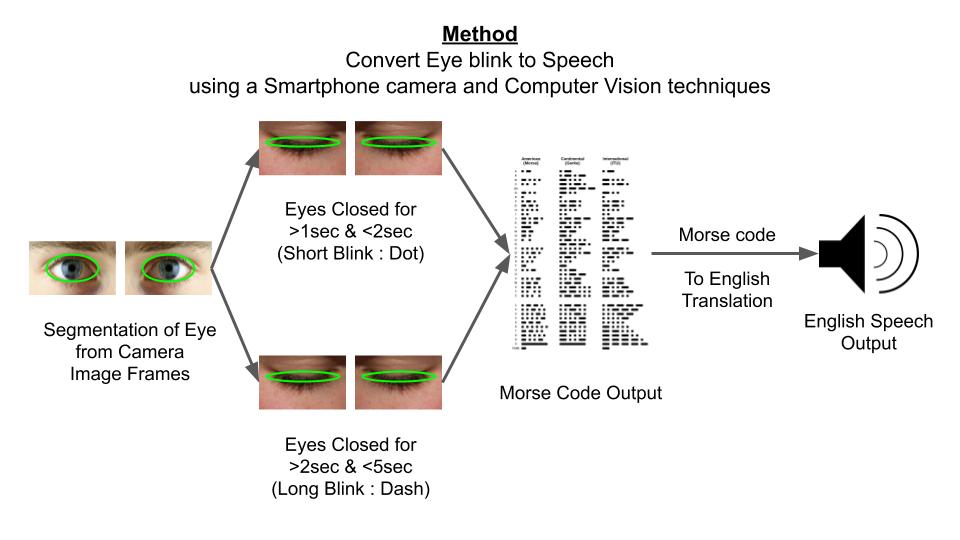
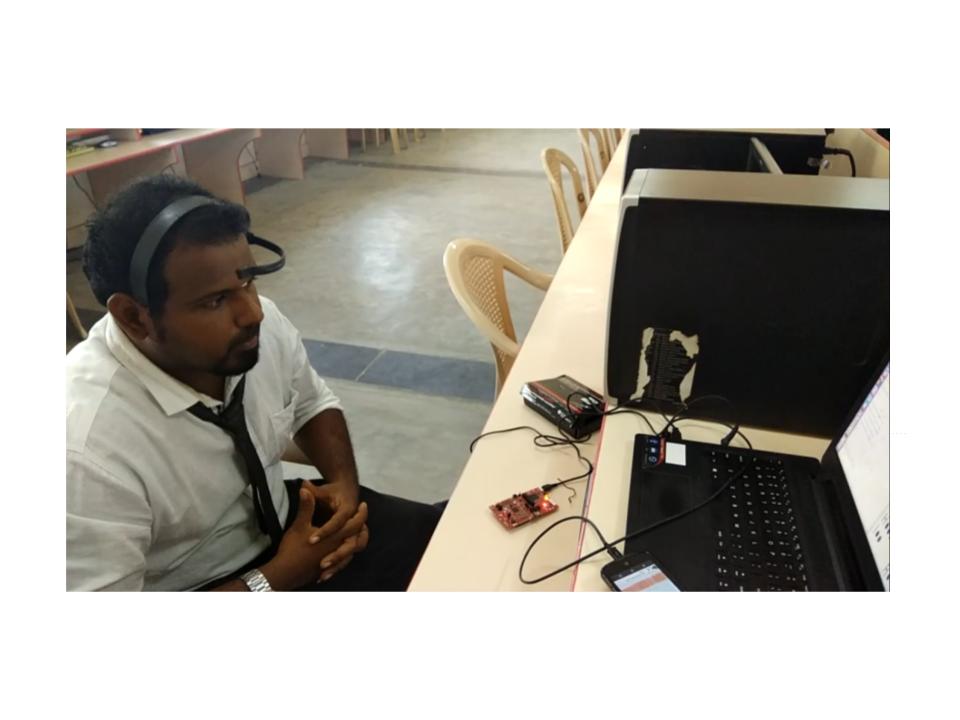
Abstract: Synaspeak is a machine learning based application designed to help paralysed users to communicate by converting their eye blinks into speech. Synaspeak identifies a users eye blink commands using the front facing camera of a smartphone and converts it to speech. It records the eye blink commands in morse code and converts it to english. Additionally, the user can train the Synaspeak application to recognize any custom facial, body or auditory gestures and convert those gestures into speech.
2ND PLACE, $700

Handwriting Assistive Device: helping people living with motion disorders learn to write and draw
Lead Author: Gabrielle Lemire
Additional Authors: Thierry Laliberté, Véronique Flamand, Marie-Philippe Paquet, Marie-Hélène Demers, Alexandre Campeau-Lecours
University: Université Laval
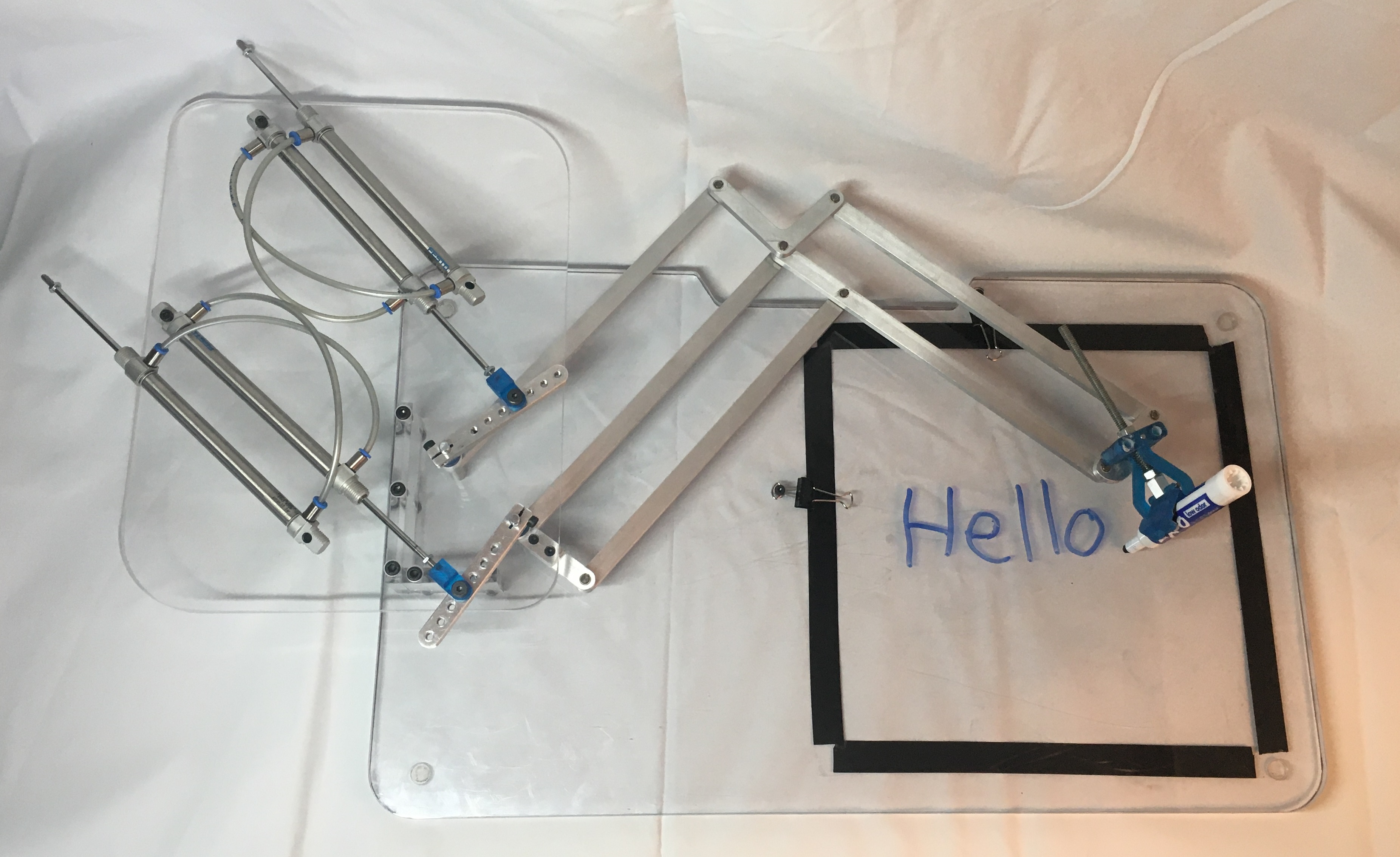
Abstract: Many people living with conditions such as cerebral palsy, stroke, muscular dystrophy or dystonia experience upper limbs impairments (muscle spasticity, unselective motor control, muscle weakness or tremors) and are unable to write or draw on their own. This project is the development of a new passive assistive device, which aims to stabilize the motion of people living with motion disorders. The proposed device is designed to be fixed on a table. A pen is attached to the device using a pen holder, which maintains the pen in a fixed orientation. The user interacts with the device using directly the pen or a fixed handle while mechanical dampers and inertia contribute to the stabilization of the user’s movements. We think the product will help children handwrite as it has many advantages on their development. Having the possibility to hold directly the pen or a customable handle helps the children to learn how to write and hold a pen while having the opportunity to progress into the steps of holding the pen as required to write on your own. The damping is also useful for the users living with spasticity. It helps to reduce the speed of the involuntary movements that are usually fast and does not limit the user during voluntary movements at a lower speed.
3RD PLACE, $300
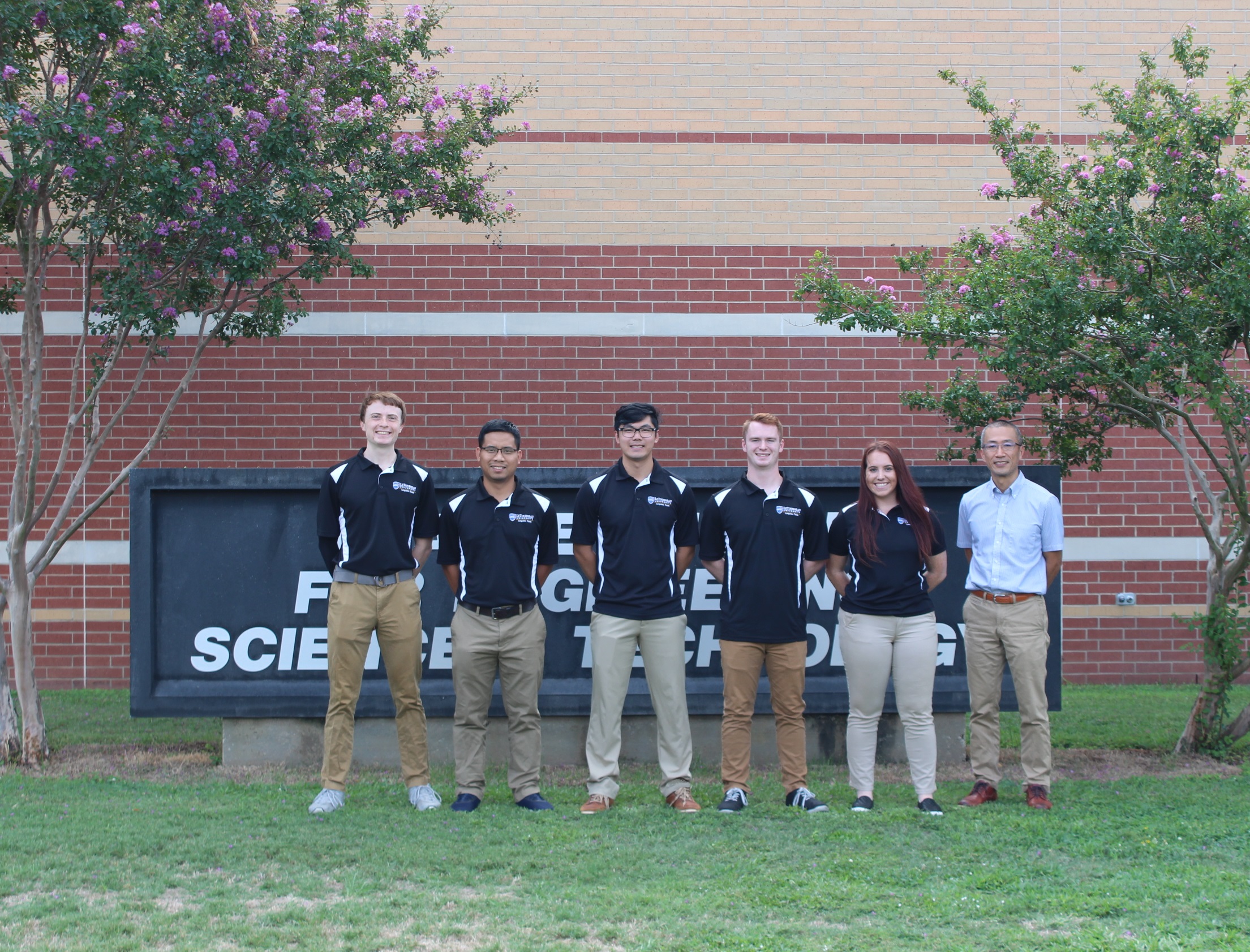
Prosthetic Energy Return Knee
Lead Author: Benjamin Tham
Additional Authors: Andrew Spencer, Ali Hawkins, Thai Quach, Ben Coe
University: LeTourneau University
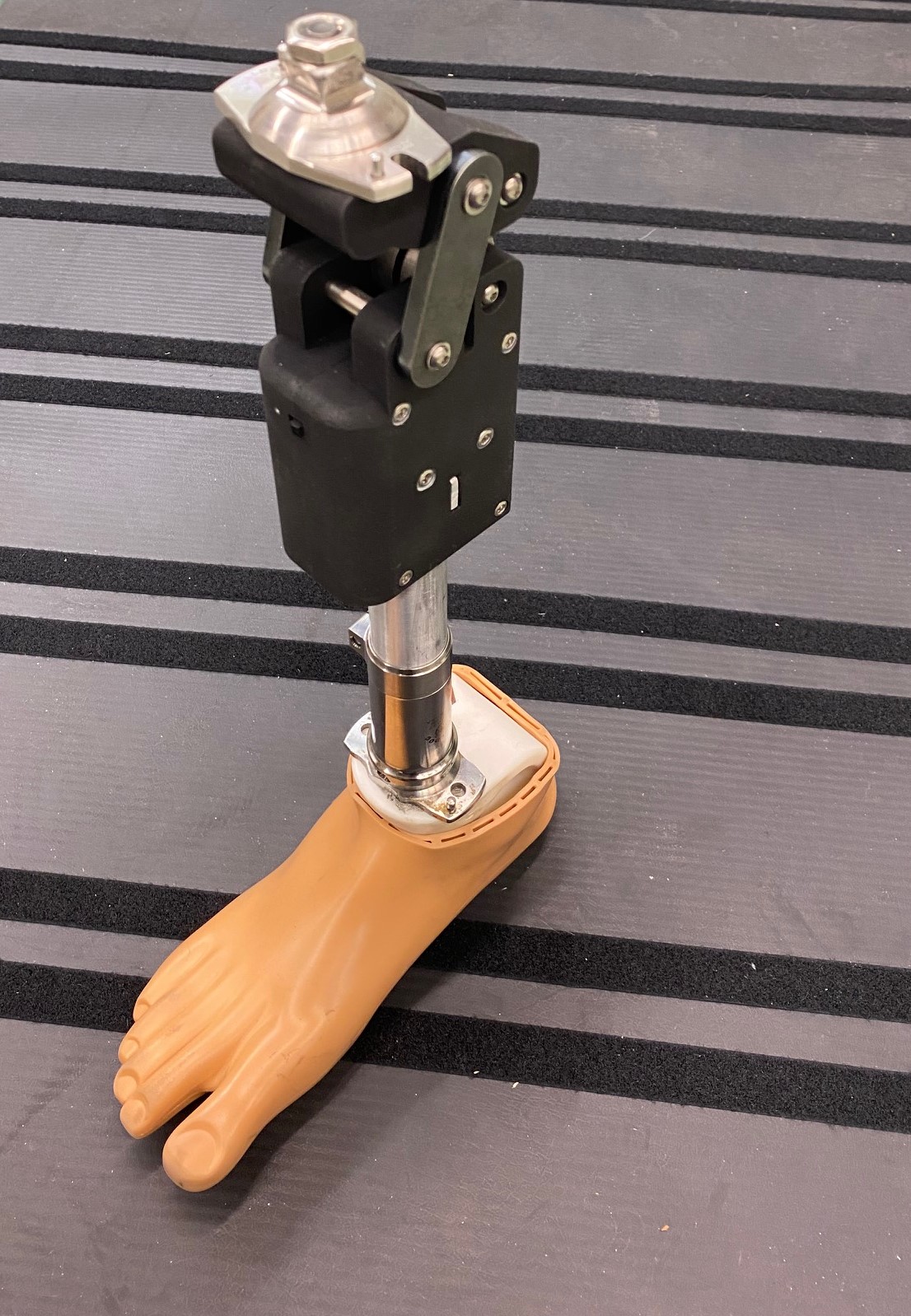
Abstract: Transfemoral amputees do not have muscles responsible for fully supporting their weight when walking and must rely on a prosthetic. Problems with prosthetic knees on the market today are their inability to provide adequate stability, their lack of accurate knee biomechanics, and their cost. Many of the injuries that transfemoral amputee users experience when using prosthetic legs are during the stance phase, when the prosthetic foot is planted on the ground. These injuries are usually caused from the prosthetics inability to support the body weight of the user when their knee is bent or from tripping on uneven terrain. High performing prosthetic knees that are able to provide adequate stability needed and mimic able body knee biomechanics on the market today can cost above $30000. More cost effective mechanical knees do not always provide the necessary stability, especially on uneven terrain. The PERK knee incorporates a pawl ratchet locking mechanism, electrical control systems and surface friction damping. These mechanical systems provide additional support to users when the knee is in a flexed position during stance phase and mimic able body knee biomechanics. The total cost of fabricating the prototype was less than $400 allowing for the potential to be a more affordable high function prosthetic knee joint.